Haight-Ashbury is one of the most famous neighborhoods in San Francisco. In the 1960s, it became the center of the "hippie culture". Today, Haight-Ashbury is still full of many stores, restaurants, and art galleries that reflect this era. The Haight-Ashbury Neighborhood Walking Tour offers visitors the opportunity to explore this historic neighborhood. While visiting the most famous places in the neighborhood, the tour provides information about the famous musicians, writers, and activists who lived here in the 1960s. The tour also allows you to explore the art and music scene in the neighborhood. The Haight-Ashbury Neighborhood Walking Tour is a great option for anyone who wants to follow the traces of the past in San Francisco.
Haight-Ashbury Neighborhood: San Francisco's Colorful History
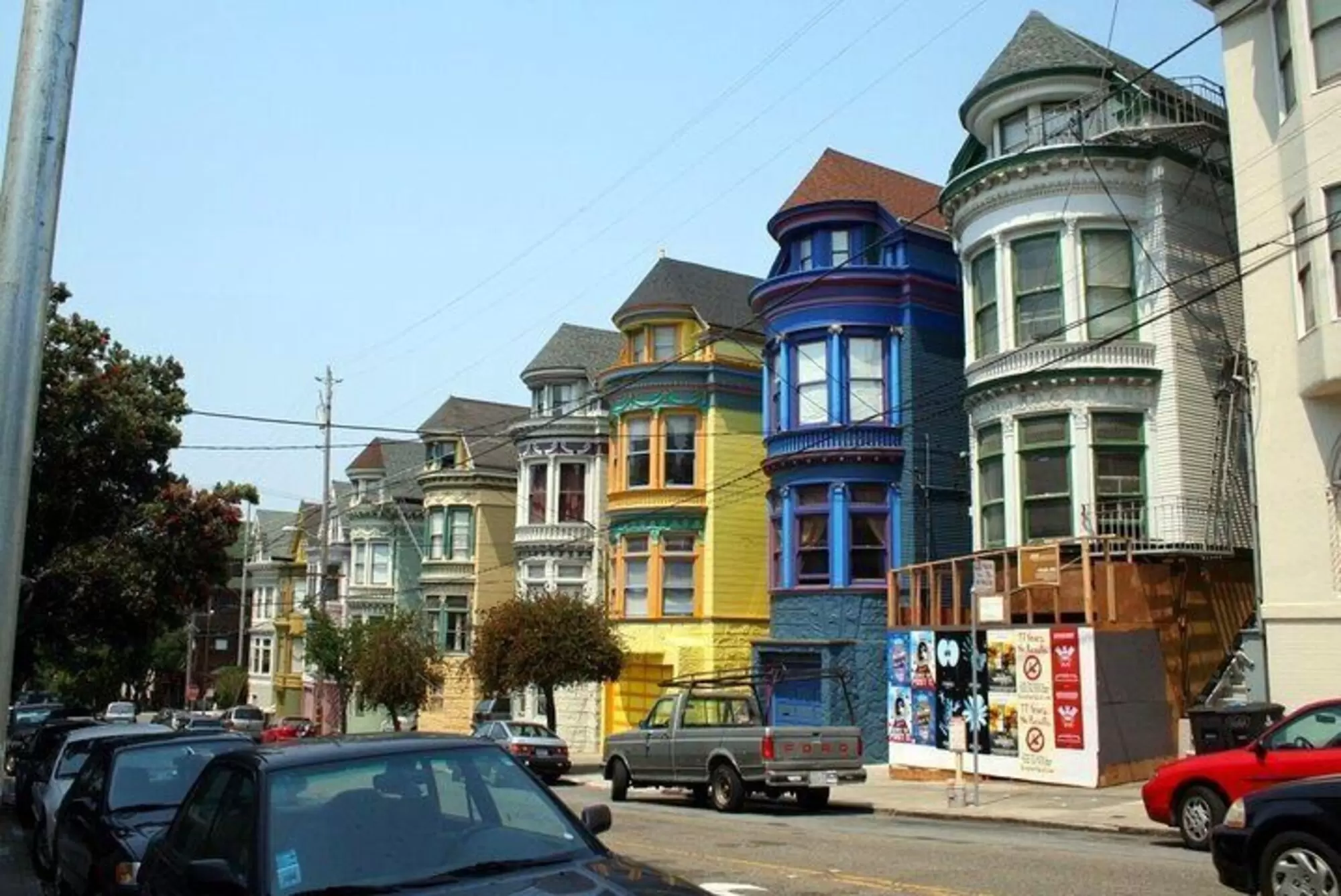
San Francisco is one of the most colorful cities in the United States. The city is particularly famous for the hippie movement of the 1960s, with its center being the Haight-Ashbury neighborhood.
Haight-Ashbury is a neighborhood located in the center of San Francisco. In the early 1960s, it became a place where many young people came together and adopted an alternative lifestyle. These young people attended concerts by musicians singing songs filled with messages of peace, love, and freedom, and got to know each other.
In 1967, the neighborhood became the site of a festival called the "Summer of Love." This festival gained worldwide fame and was attended by thousands of people. The festival took place in an atmosphere filled with messages of peace and love and became a symbol of the hippie movement.
However, the Haight-Ashbury neighborhood also witnessed the consequences of the hippie movement. Drug use and crime rates increased, and the neighborhood declined in the 1970s. However, today the neighborhood has become one of San Francisco's tourist attractions, and traces of the hippie movement can still be seen.
The Haight-Ashbury neighborhood is a place that has witnessed the colorful history of San Francisco. It became the center of the hippie movement, which took place in an atmosphere filled with messages of peace, love, and freedom. Today, the neighborhood can be visited as a tourist attraction that carries the traces of the hippie movement.
Haight-Ashbury Neighborhood: Center of Art and Culture from the 1960s to the Present Day
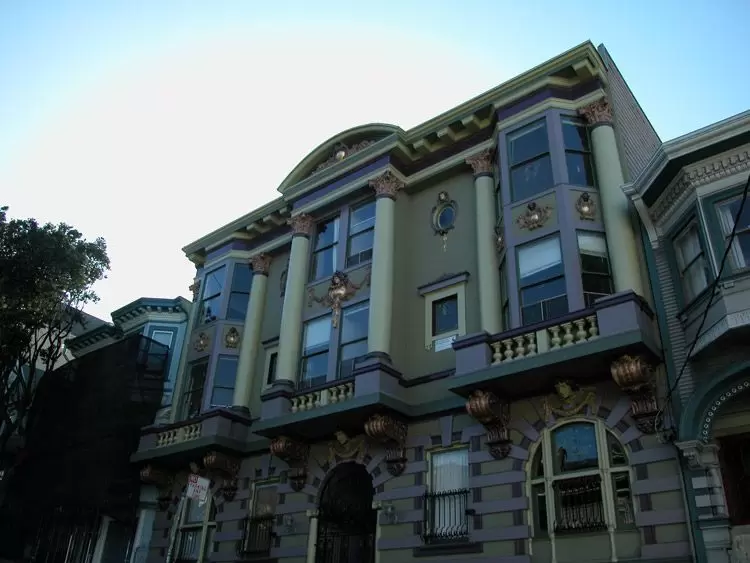
Haight-Ashbury Neighborhood is located in the center of San Francisco and became a cultural and artistic center in the 1960s. This neighborhood is known as the birthplace of the "hippie movement" in the 1960s and still attracts many tourists today.
In the 1960s, Haight-Ashbury Neighborhood became a place where young people advocated values such as freedom, peace, and love. During this period, many innovative movements emerged in areas such as music, art, and literature. The neighborhood became home to famous musicians such as Jimi Hendrix, Janis Joplin, The Grateful Dead, and Jefferson Airplane.
Today, Haight-Ashbury Neighborhood still hosts many places such as art galleries, music stores, and vintage clothing shops. In addition, the "Summer of Love" festival is held in the neighborhood every year. This festival is held to commemorate an event in 1967 where thousands of young people came together to spread messages of peace and love.
Haight-Ashbury Neighborhood is not only a tourist destination but also a cultural and artistic center. This neighborhood has gone down in history as the birthplace of a movement that began in the 1960s and still attracts the interest of many people today.
Haight-Ashbury Neighborhood: Where Hippies Were Born
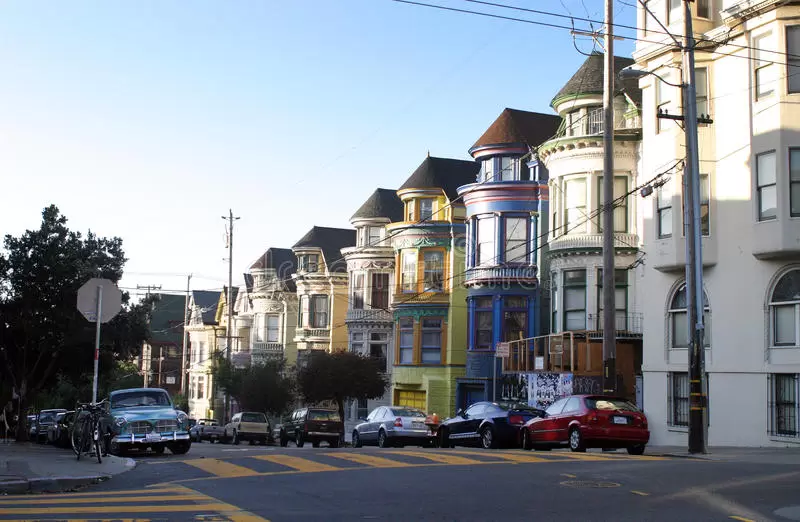
Haight-Ashbury Neighborhood is a symbolic area located in the center of San Francisco, known as the birthplace of hippies in the 1960s. This neighborhood hosted young people's search for peace, love, and freedom in the early 1960s.
Haight-Ashbury Neighborhood became the center of the "Summer of Love" movement in 1967. This movement was a period when young people came together to express their search for peace, love, and freedom. This movement had a great impact on young people's lives and caused a great echo worldwide.
With the popularity of the "Summer of Love" movement, Haight-Ashbury Neighborhood also attracted the attention of many artists, musicians, and writers. During this period, famous musicians such as Jimi Hendrix, Janis Joplin, The Grateful Dead, and Jefferson Airplane gave concerts in Haight-Ashbury Neighborhood and visited this neighborhood.
However, the popularity of Haight-Ashbury Neighborhood declined over time. Drug use and crime rates increased in the neighborhood, which negatively affected its image. Today, Haight-Ashbury Neighborhood still attracts tourists, and there are many shops and cafes that reflect the spirit of the 1960s.
In conclusion, Haight-Ashbury Neighborhood is a symbolic area that has become the center of the peace, love, and freedom movement of the 1960s. This neighborhood had a great impact on young people's lives and caused a great echo worldwide. Today, Haight-Ashbury Neighborhood continues to exist as a tourist area that reflects the spirit of the 1960s.
Haight-Ashbury Neighborhood: Street Art and Graffiti Tour
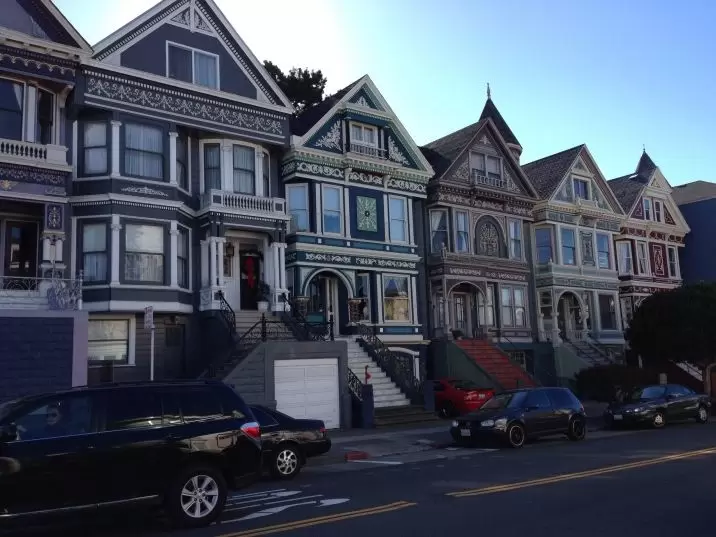
Haight-Ashbury Neighborhood is one of the most famous neighborhoods in San Francisco. It gained fame as the center of the "hippie movement" in the 1960s. Today, it is a popular place for street art and graffiti tourism.
The street art and graffiti in the neighborhood are made by various artists. These works of art can be found on walls, buildings, and streets in the neighborhood. Artists have added color to the neighborhood by working in different styles and techniques.
The street art and graffiti in Haight-Ashbury Neighborhood address various topics. Some contain political messages, while others are purely aesthetic. Artists have also reflected the historical and cultural elements of the neighborhood in their works.
The street art and graffiti tour in the neighborhood offers visitors a different experience. During the tour, guides provide information about the works of art in the neighborhood. Additionally, visitors can see the artists' works up close during the tour.
The street art and graffiti in Haight-Ashbury Neighborhood are important not only for tourists but also for the local community. The works of art add color to the neighborhood and are also valuable as works of art.
In conclusion, Haight-Ashbury Neighborhood is an important place for street art and graffiti tourism. The works of art in the neighborhood address different topics and offer visitors a unique experience. Additionally, the works of art in the neighborhood are important for the local community and add color to the neighborhood.
Haight-Ashbury Neighborhood: Walking Tour in the Footsteps of Music History
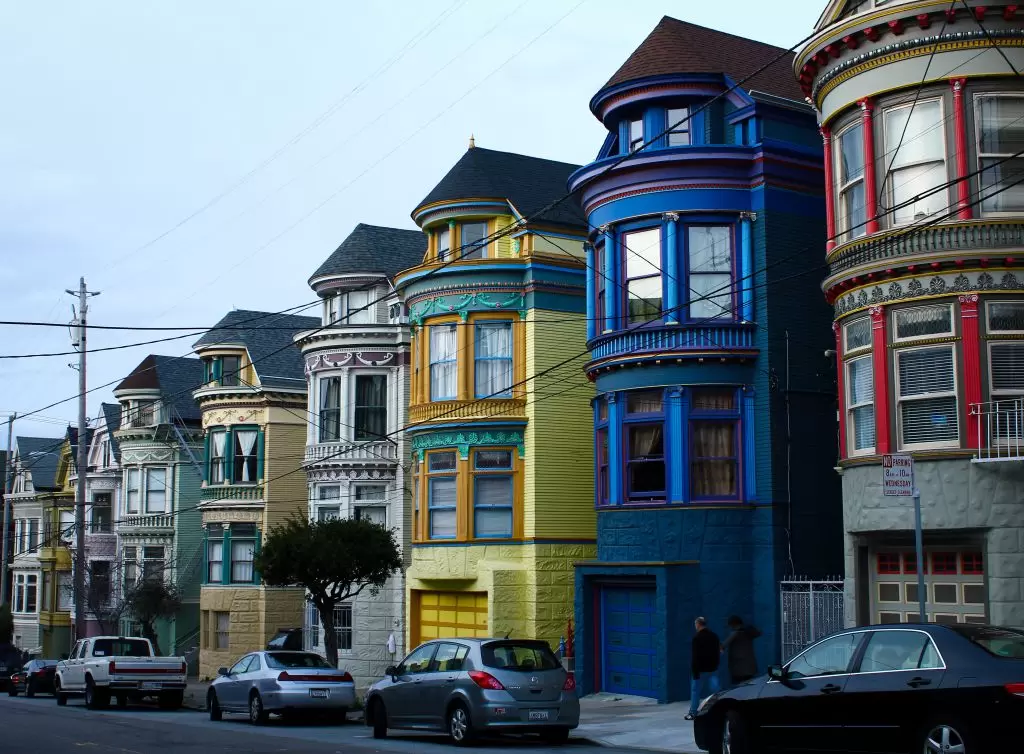
Haight-Ashbury neighborhood is one of the most famous neighborhoods in San Francisco. In the early 1960s, it became the center of America's youth culture. During this time, young people living here embraced concepts such as peace, love, and freedom, and expressed these ideas in areas such as music, art, and fashion.
Today, Haight-Ashbury still carries the traces of this era. Here, you can take walking tours in the footsteps of famous musicians and artists of the 1960s. These tours help residents and visitors better understand this period.
In Haight-Ashbury, you can find the homes and studios of famous musicians such as Grateful Dead, Janis Joplin, Jimi Hendrix, and Jefferson Airplane. Additionally, there are many music stores, antique shops, and vintage clothing stores. In these stores, you can find many products related to the fashion and music culture of the 1960s.
Haight-Ashbury also houses important art institutions such as the San Francisco Art Institute and the San Francisco Theater Academy. These institutions help residents and visitors learn more about the art and culture of the 1960s.
In conclusion, Haight-Ashbury has gone down in history as the center of youth culture in the 1960s. Today, walking tours here are a great opportunity for those who want to better understand this era. Here, you can find many places that carry the traces of the 1960s in areas such as music, art, and fashion.

Comments